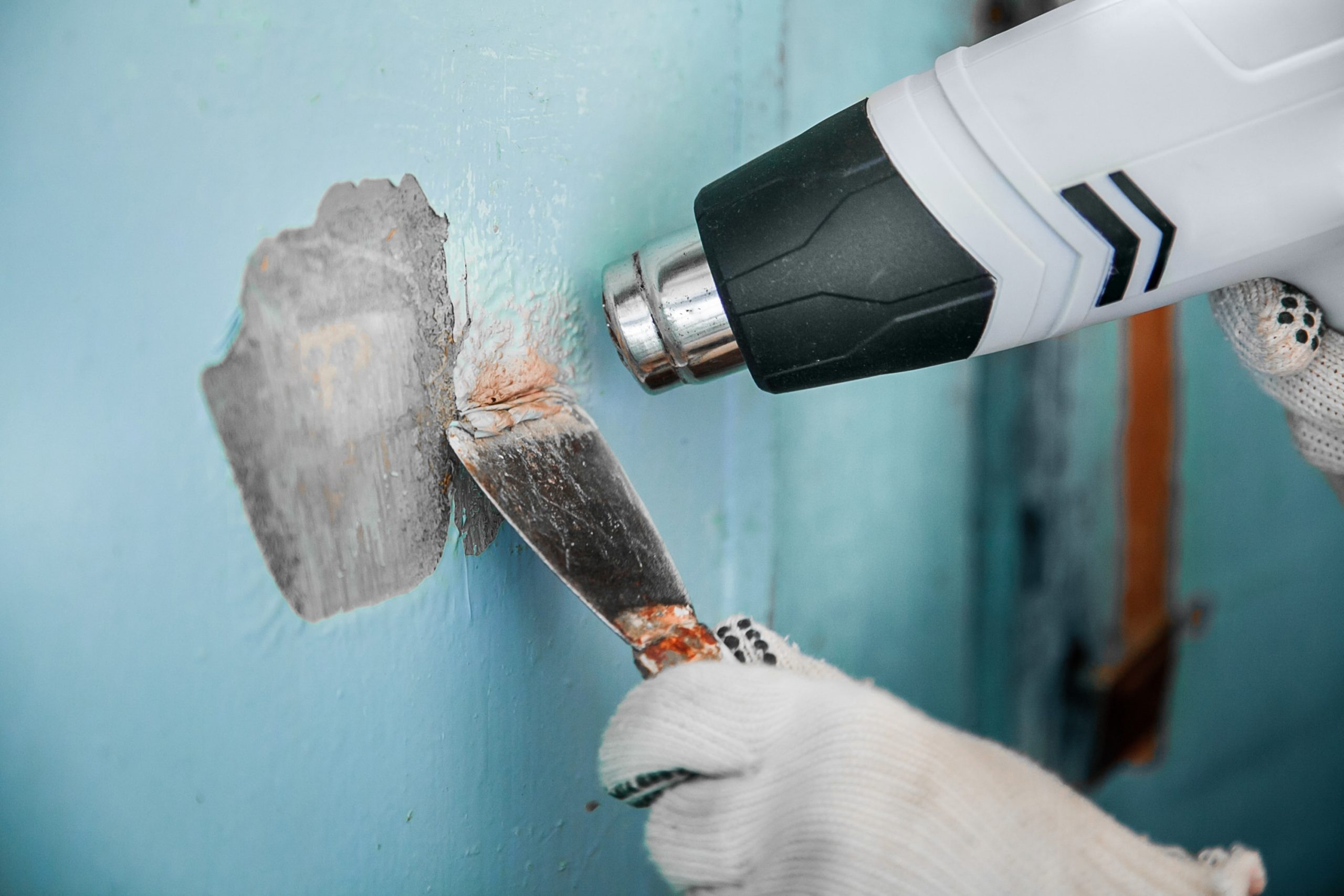
A Quick Peek on Concrete Stripping
A paint stripper is a chemical product which is mainly designed to extract paint.
It also removes coatings and finishes while at the same time cleaning the surface. Paint stripping is the best way of manually removing numerous coatings of paint without damaging the surface. This can be done by either sanding, scraping and priming before repainting. The following are some of the paint strippers available in the market. Remember some are toxic and require safety precautions.
Different Types Strippers in Paint stripping
Paint strippers are categorised according to their properties and uniqueness in removing specific finishes.
- Solvent strippers
- Caustic strippers
- Biochemical strippers
- Zero-VOC strippers
Solvent Strippers in Paint Stripping
Solvent strippers as said to be the most versatile. This is because they rely on chemicals that separate the bond between paint and surface. They are highly effective in paint stripping of water and oil-based paints, masonry, metal surfaces, polyurethane and epoxy from wood.
Some of them have methylene chloride, this has a high level of volatile organic compounds and some with methanol and toluene which have a health hazard.
This fumes when inhaled can cause brain damage and also damage the reproductive system.
Solvent strippers take less than 15 mins on the surface and a scrapper can then be used to remove the paint. Wash the surface with water before repainting.
Always take proper precaution in handling them.

Caustic Strippers in Paint Stripping
Caustic strippers require active ingredients like sodium hydroxide which can convert dry paint into soap which loosens from the surface. This paint stripping is mostly preferred in removing oil-based paints on the masonry surface like concrete or similar ( Ref Concreting Auckland )
Caustic strippers tend to erode aluminium and blacken hardwoods as maples. When caustic strippers are applied they take less than 30 mins before the paint can be scraped.
Caustic strippers are alkaline therefore the striped surface needs to be wiped with water and vinegar solution. Although caustic strippers are considered to have a lower VOC than solvent strippers, it is advised to take precaution as they can cause eye irritation, skin and lungs when touched or inhaled.
Biochemical Strippers in Paint Stripping
Biochemical strippers are arrived at after a combination of plant-based solvents like terpenes and the organic compound N-methyl-2-pyrrolidone (NMP).
Just like caustic and solvent strippers, they can remove oil-based paints from masonry, wood and metal but are proven to be ineffective in removing epoxy and polyurethane coatings. In paint stripping, biochemical is applied and left for almost four hours before the paint can be scraped off.
With biochemicals, there’s no need to neutralise the striped surface, just wash with water and spirit before repainting.
Zero-VOC Strippers in Paint Stripping
These strippers are made without methylene chloride, lye or NMP. They are made with naturally occurring solvents which cracks resin of water and oil-based paint. This reaction with the help of benzyl alcohol results in the paint to loosen from metal and masonry.
This type of paint stripping is known to be the safest of them all although direct exposure may lead to lungs irritation and skin infection. Take precaution in the handling of a zero-VOC stripper.
Conclusion
Stripper application should be done mostly outdoor or in a well-ventilated place. Let the surface dry completely before repainting.



